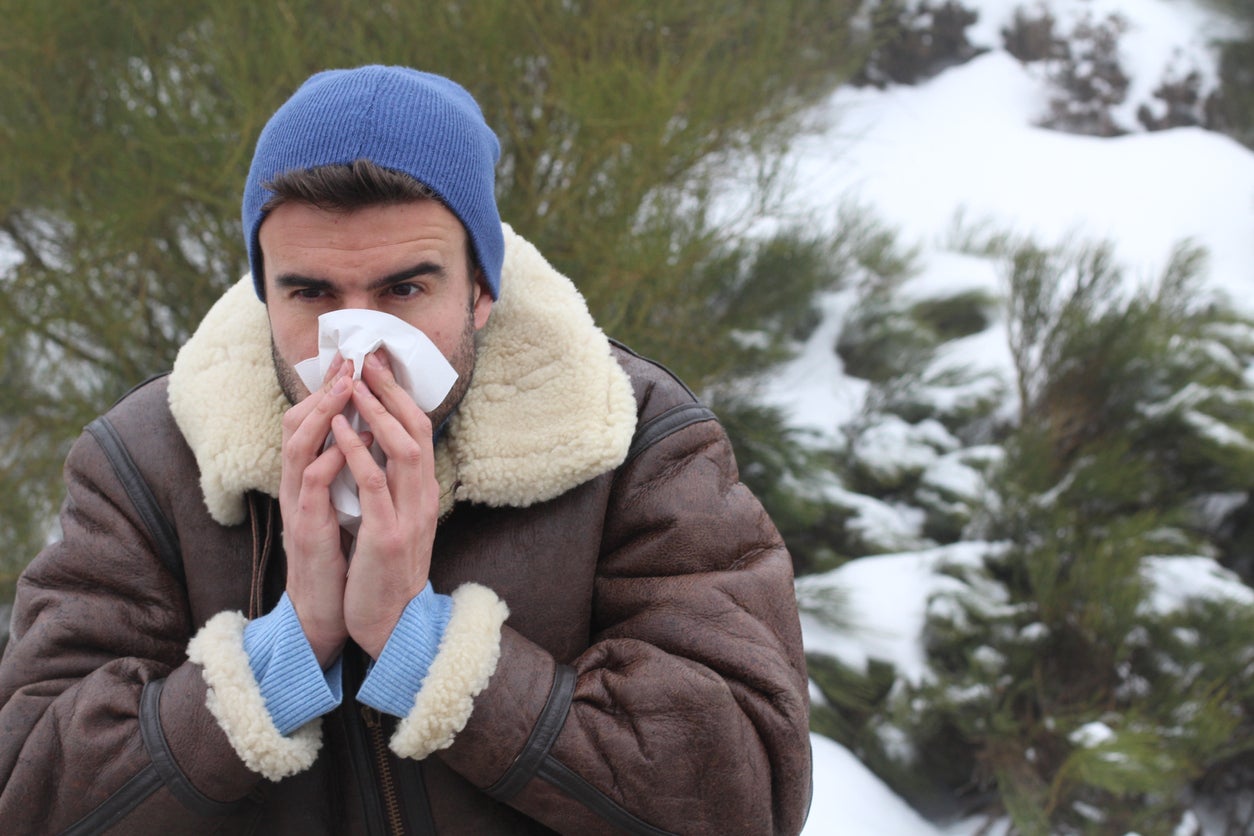Cold Weather Plant Allergies – Are There Winter Allergy Plants

The mild days of spring and summer are long gone and you’re in the grip of winter, so why are you still getting seasonal plant allergies? Cold weather plant allergies aren’t as unusual as one might think. If you think the plants have all gone to bed but winter pollen issues are still plaguing you, then it’s time to learn about plants that trigger winter allergies.
Winter Pollen Issues
Even though the usual pollen allergy suspects, blooming plants, are gone for the season, that doesn’t mean that pollen isn’t still a problem for susceptible individuals.
Mountain cedar trees, found primarily in South and central Texas, are a type of juniper that pollinates in the winter, often triggering seasonal plant allergies. From December through March, these winter allergy plants send up great clouds of “smoke,” actually pollen, and it is a major cause of hay fever. Folks who suffer from this type of hay fever refer to it as ‘cedar fever.’
Even if you aren’t a denizen of Texas, hay fever symptoms like sneezing, itchy eyes and nose, nasal congestion, and runny nose might still be your fate. Other parts of the United States have tree species that are related to cedar, juniper, and cypress that cause springtime allergies. As for plants that trigger winter allergies, mountain cedar trees are the likely culprit.
Other Cold Weather Plant Allergies
Winter brings with it the holidays and all the plant décor that comes with them. Christmas trees can cause allergies, although more than likely not from pollen. The cause in this case, as with evergreen garlands, boughs, and wreaths, is often from mold spores or even from preservatives or other chemicals that have been sprayed onto them. Allergy symptoms may even flare up due to the intense aroma of pine.
Other holiday plants such as flowering paperwhites, amaryllis, and even poinsettia can set the nose a tickling as well. So, too, can scented candles, potpourris, and other aroma-based items.
And speaking of molds, these are the most likely causes of your sniffling and sneezing. Molds are present both indoors and outdoors and start in the late winter to early spring, especially during rainy weather. When mold spores are prevalent outside, they are often more prevalent inside as well.
Gardening tips, videos, info and more delivered right to your inbox!
Sign up for the Gardening Know How newsletter today and receive a free copy of our e-book "How to Grow Delicious Tomatoes".

Amy Grant has been gardening for 30 years and writing for 15. A professional chef and caterer, Amy's area of expertise is culinary gardening.